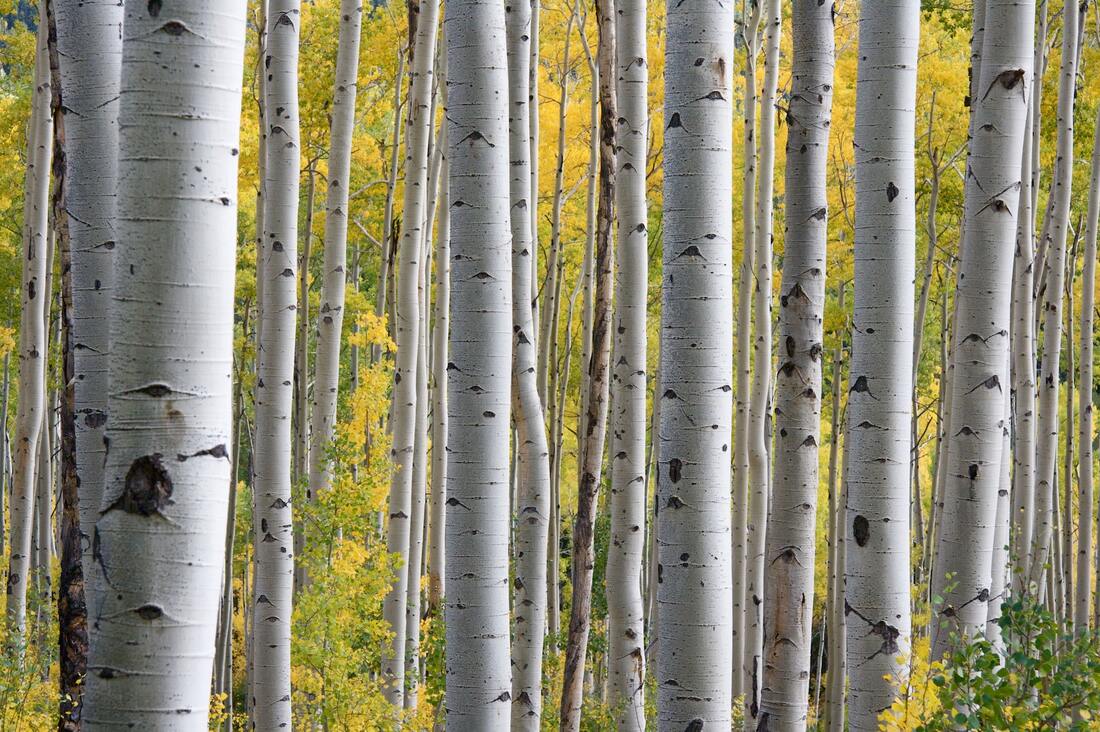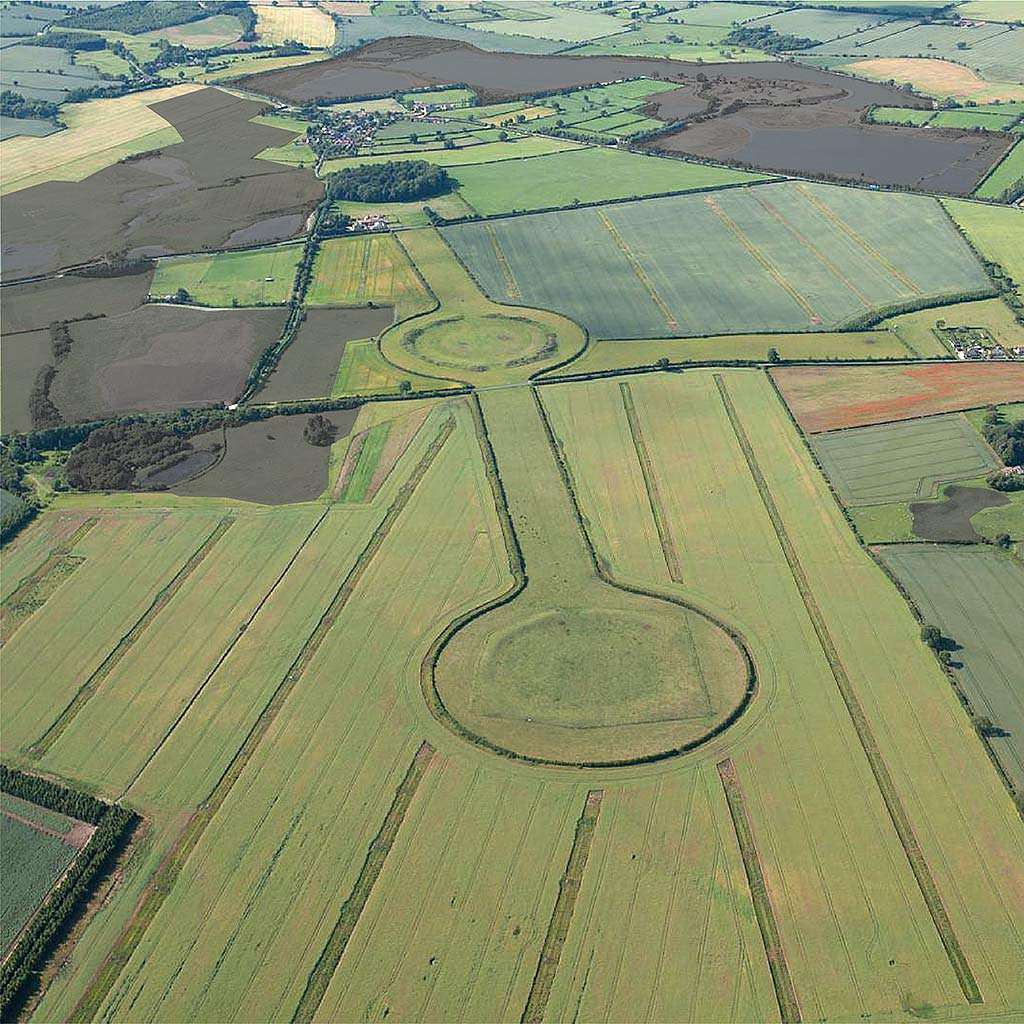|
It’s almost the time of the Spring Equinox!
It varies according to where in the world you live, but here in the Yorkshire Dales it falls for 2023 on the 20th March. The old name for this event, when the darkness and light of day and night are perfectly balanced, was Ostara. Linguistically it’s a short step from this to the word we associate with Spring: Easter. The year is reborn, longer days return to the Northern hemisphere and it’s not surprising that, for a long time, New Year’s Day followed the equinox closely, being celebrated on March 25th. Here in England this was New Year's Day right up to 1752. And why is spring cleaning an annual ritual? Besoms, or brooms, were traditionally made from birch twigs and it’s the birch which sends out its fragile leaves as one of the first heralds of spring. At this time besoms were made and the debris of months of close confinement through winter were swept out of the house. The importance of the tree is reflected in a multitude of place names: a few miles from Masham lies Birk Gill, and it's the same root for so many Birkenhead and Berkhampstead. It's a wonderful time to walk out daily and see the small changes which announce spring, and to feel yourself renewed along with the natural world.
0 Comments
Just down the road from the Happy House is a very special place which has recently been in the news. This group of three Neolithic monuments is sometimes referred to as “the Stonehenge of the North”. Their survival had been threatened for decades, but now two of the henges have been given to the nation by quarrying companies Tarmac and Lightwater Holdings. Now that they’re in the hands of Historic England and English Heritage they’ve been removed from the “at risk” register. The third henge is in private hands but has permanent public access. So what is there at Thornborough? The site comprises three henges built about 4500 years ago - circular monuments consisting of a high earth bank enclosing inner ditches and a broad central space with two entrances. They’re each about 250m in diameter. The entrances are aligned on the sunrise of the midwinter solstice. The brightest star in the sky - Sirius - also rises at the same point. The banks were originally plastered with white gypsum making them stand out brilliantly from the surrounding landscape. Though somewhat eroded, the banks still stand 3m high in places. But what also makes Thornborough special is that it is part of a huge Neolithic landscape of barrows, standing stones and other earthworks which lie on the plateau between the rivers of the Ure and the Swale. From the work of many archeologists we know that people have gathered, many travelling some distance, at the henges for gatherings and funeral rituals for at least 2,000 years. Standing in the open circles or under the trees of the Northern henge is a wonderful experience. There is something amazing about his place. And it’s good to know it’s finally safe. Further information and details of how to visit Thornborough Henges can be found HERE There's a short video below of a short walk in the northern henge. Photo ©English Heritage |
AuthorJosie Beszant and/or Ian Scott Massie, both artists from Masham North Yorkshire, Uk. Archives
May 2024
Categories |
Happy House Masham, 24, Market Place, Masham, North Yorkshire. HG4 4EB



 RSS Feed
RSS Feed